Sample information |
|
| Picture |
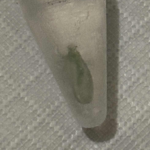
|
|---|---|
| Location | |
| Collection date | 05/10/2024 |
| Captive / Cultivated? | Wild-caught |
| Group | California Academy of Mathematics and Science |
| Observations | The moth was caught outside at night on top of a leaf in a garden. |
| Putative identification | Arthropoda Insecta Lepidoptera Geometridae |
Methods |
|
| Extraction kit | DNeasy (Qiagen) |
| DNA extraction location | Whole arthropod |
| Single or Duplex PCR | Duplex Reaction |
| Gel electrophoresis system | Standard electrophoresis system |
| Buffer | TAE |
| DNA stain | Fast Blast |
| Gel images |
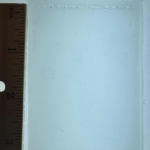
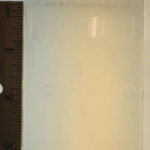
|
| Protocol notes | Wolbachia Gel Lanes (Left) Arthropod Gel Lanes (Right) We diluted 100X Fast Blast to 1X and left the gels to stain overnight on a rocker. |
Results |
|
| Wolbachia presence | Unknown |
| Confidence level | High |
| Explanation of confidence level | No bands appeared on either gel, making it impossible to say anything about the pale beauty moth having Wolbachia. It was most likely an error in the DNA Extraction and running of the gel that resulted in a lack of results. |
| Wolbachia 16S sequence | |
| Arthropod COI sequence |
|
| Summary | |
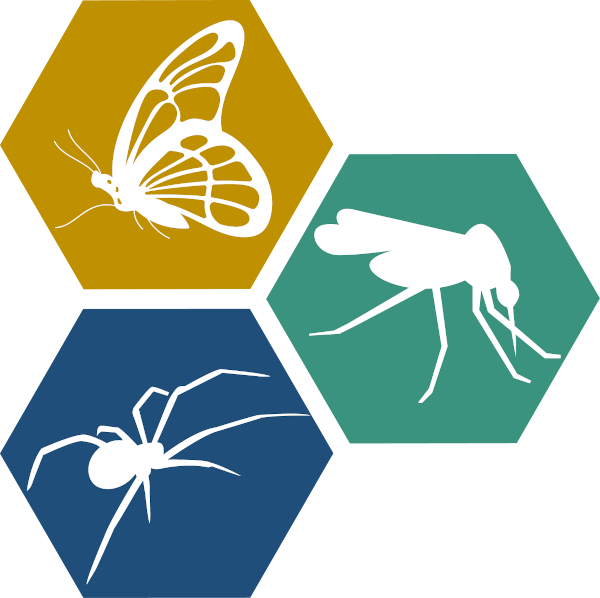 European Paper Wasp
European Paper Wasp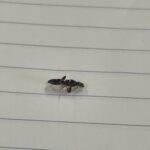 Woodworm Ant
Woodworm Ant